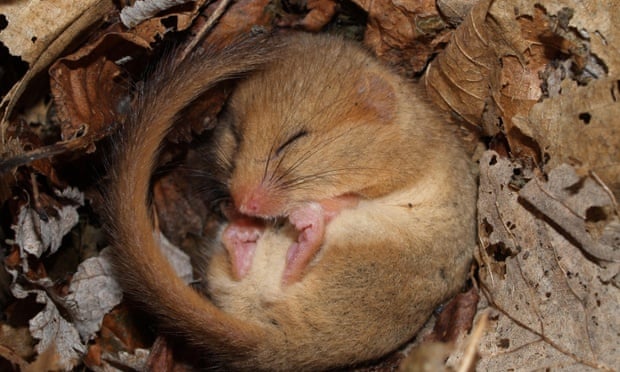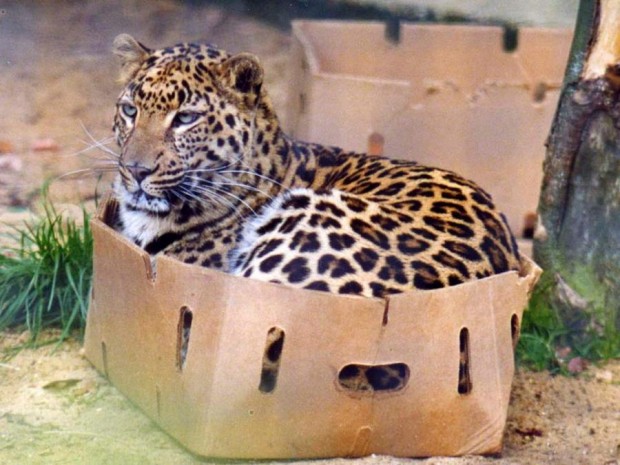Neuroscientists in France have implanted false memories into the brains of sleeping mice. Using electrodes to directly stimulate and record the activity of nerves cells, they made artificial associative memories that lasted while the animals slept and then influenced their behavior when they woke up.
Manipulating memories by messing with brain cells is nothing new in neuroscience labs. In 2014, one team of researchers used a technique called optogenetics to label the cells encoding fearful memories in the mouse brain and switch them on and off, and another used it to identify the cells encoding positive and negative memories, so that they could change positive memories into negative ones and vice versa.
This new work, published March 9, 2015 in the journal
Nature Neuroscience, shows for the first time that artificial memories can be put into the brains of sleeping animals. It also gives scientists more details about how populations of nerve cells encode spatial memories and the important role that slep plays in making these memories stronger.
Karim Benchenane of the French National Centre for Scientific Research in Paris and his colleagues put electrodes into the brains of 40 mice, targeting the medial forebrain bundle(MFB), a component of the reward circuitry which has at least 3 different cells types that encode the memories needed for spatial navigation. Then they left the mice to explore their environment and monitored the responses of their neurons to identify place cells, each of which fired when one of the animals was in a specific location in their surroundings. In one experiment, performed on 5 awake mice, they timed the electrical stimulation of the MFB to correspond with the firing of a specific place cell.
This paired stimulation gave the mice a false memory. The mice linked the MFB stimulation with the specific location encoded by the cell, and thus spent 4- to 5-times more time in that location than two control mice who received MFB stimulation that did not correspond with a place cell firing. Place cells are known to 'replay' their activity patterns during sleep, and this is thought to strengthen newly formed memories.
To research further, the researchers repeated their experiments in 5 sleeping mice. Having already identified place cells while the mice explored their environment, the researchers let them fall asleep, and then paired the firing of each selected place cell in each one with the stimulation of the MFB. Later on, these mice, as well, showed a large preference for that specific location. In contrast, the control mice, who received random MFB stimulation that was not paired with the firing of a place cell wandered around with no liking to any particular place.
Even so, other work shows that false memories can be implanted into the human brain without advanced technology. In a recent study, nearly 3/4 of participants reported having in depth false memories of a crime they didn't commit.
 Photo Credit
Photo Credit











